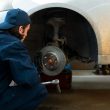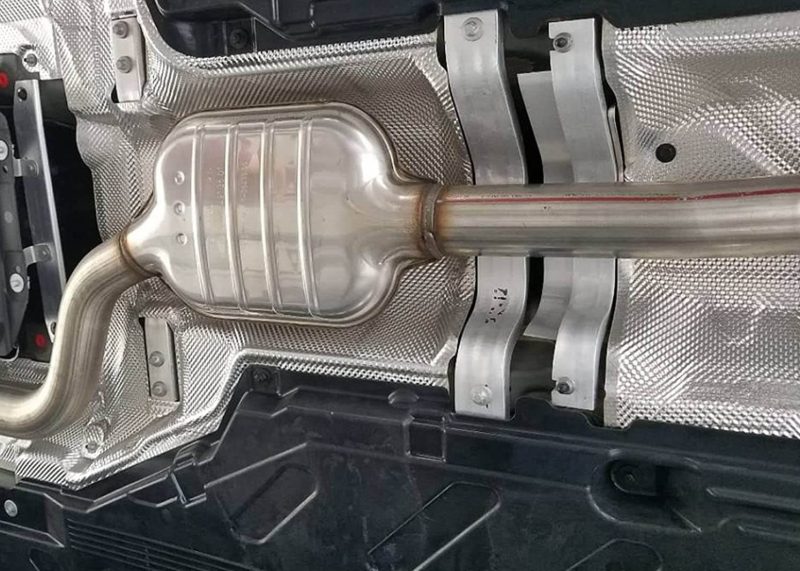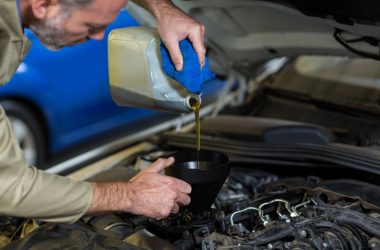Driving without a heat shield can be dangerous and troublesome. It is recommended to have a cover for your car’s engine to safeguard it from potential damage caused by environmental factors and to maintain its efficiency. Fortunately, it is possible to drive for a short distance without a heat shield installed. In article we will discuss the necessary precautions to take when driving without a heat shield and how long can you drive without a heat shield in such circumstances.
It’s crucial to ensure the safe operation of your vehicle by taking the necessary precautions. We’ll also look at why having a proper heat shield in place is important for both safety and performance. So read on to learn more about driving without a heat shield!
Table of Contents
What is a Heat Shield?
A heat shield is a device that protects car components from high temperatures. This can be anything from the engine bay to the exhaust system or even the interior of your car. Heat shields are a critical component in ensuring your car runs safely and efficiently.
Are Heat Shields Necessary?
Yes, heat shields are necessary for optimal performance and safety of your vehicle. Not having a heat shield could cause expensive repairs in the future as it can damage important parts like the exhaust system. Additionally, the risk of fire increases if there is no proper heat shield to prevent heat build-up in certain parts of the car.
What does a Heat Shield do?
The purpose of a heat shield is to safeguard specific areas of your vehicle from extremely high temperatures, specifically those produced by the engine. This refers to various parts such as the exhaust system, catalytic converter, and other engine bay components. The heat shield will act as a barrier between these hot parts and other, cooler areas like the interior of your car or the battery compartment.
How does a Heat Shield work?
A heat shield is a device that helps protect a vehicle from the extreme temperatures produced by exhaust systems. It works by reflecting some of the heat away from sensitive components to keep them safe and operating properly. Heat shields are usually made out of stainless steel, titanium, ceramic materials, or aluminum foil.
Heat shields in vehicles can be either internal or external depending on the exhaust system and the type of vehicle. Internal heat shields are designed to fit inside the exhaust pipe while external ones are mounted externally on a car’s bodywork near the exhaust pipe outlet.
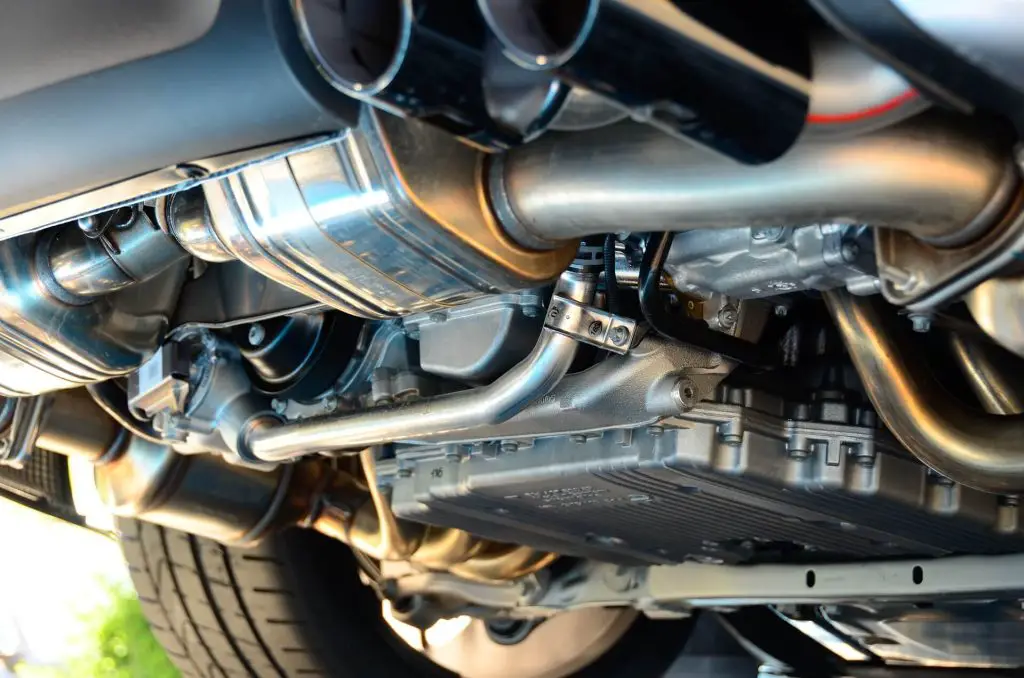
How Long Can You Drive Without a Heat Shield?
Without a heat shield, the engine may overheat, leading to serious damage and costly repairs. Driving for long periods without a heat shield is not advisable. However, if you have to travel short distances without a heat shield, it can be safe as long as all the other engine parts are functioning correctly.
Generally speaking, experts suggest that you should only be driving for up to 15 minutes with no heat shield installed. Doing so any longer could lead to potential damage or breakdowns due to extreme temperatures experienced by the engine components.
It is also worth noting that some vehicles require specific heat shields to be driven safely. Your car needs the appropriate heat shield to operate correctly and prevent potential damage if it falls under this category.
Also Read: Car Overheating Then Going Back to Normal
Signs of a Damaged Heat Shield
Vibrations and Noises
One of the most obvious signs of a damaged heat shield is increased vibrations and noises coming from the engine area. This could indicate that the heat shield has come loose or has become damaged, allowing exhaust to escape or be misdirected away from its intended path and causing other components to vibrate.
Discoloration
Discoloration around the heat shield can also be an indicator that it needs attention. If you notice any part of your car’s heat shield having color differences, it means that a particular area is exposed to high temperatures, which could be due to a defective heat shield.
Corrosion
Rusting or corrosion on the outside of a car’s heat shield is another indication that it needs replacing. Corrosion can weaken the metal structure over time and cause the heat shield to become loose or even fall off entirely.
Unusual Odors
If you begin to notice strange odors coming from the engine area, it may be an indication of a damaged heat shield. There may be a leak in your exhaust system, which could release dangerous fumes. It’s advised to get it checked by a professional without delay.
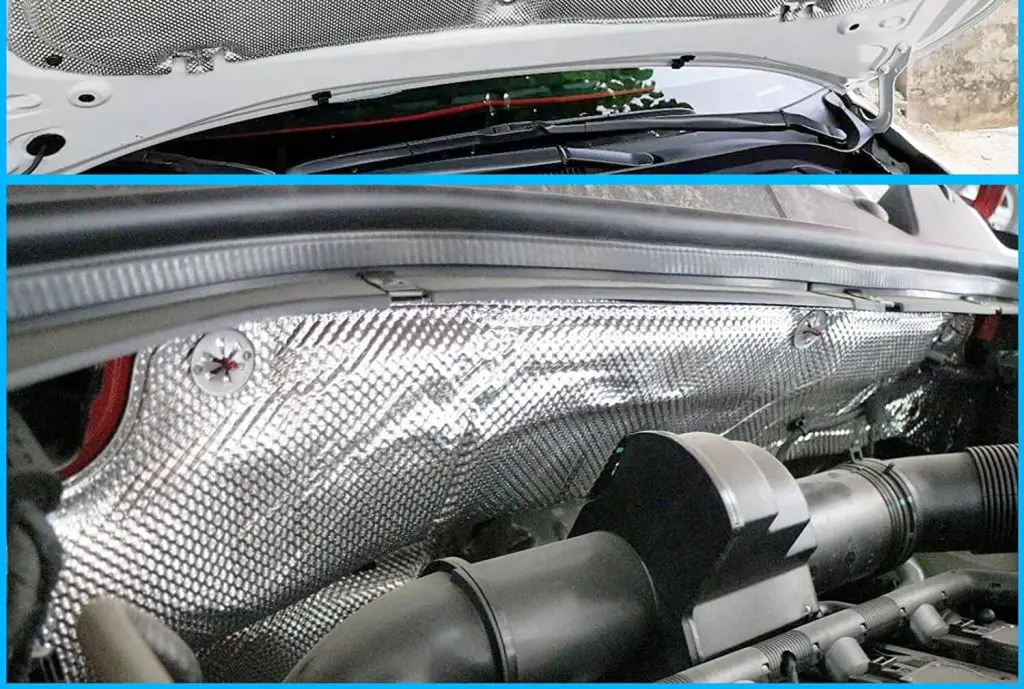
Tips for Driving without a Heat Shield
Slow Down
If your car doesn’t have a heat shield, it is important to slow down and take extra caution when driving. This will reduce friction between the parts of your vehicle, which can generate more heat than usual. You should keep an eye on the temperature gauge of your car, as it indicates the possibility of overheating.
Avoid Peak Hours
When possible, avoid driving during peak hours to minimize the amount of time that you are on the road without a heat shield. This will give time for any excess heat generated by your engine to dissipate before you reach higher speeds or inclines.
Check Engine Belt
The engine belt is responsible for keeping all of the components in working order and must remain intact for optimal performance. If the engine belt is loose, it can cause extra friction for your car and create more heat than necessary. Make sure to get it checked regularly if you are driving without a heat shield.
Avoid Heavy Loads
Extra weight on your car can increase the amount of heat generated when you are driving without a heat shield. Try to avoid carrying any heavy loads in your vehicle, or make sure that they are evenly distributed so as not to add extra strain on the engine.
Also Read: How Long Does it take for a car to cool down
Cost of Replacing a Heat Shield
A damaged or missing heat shield can be a major safety hazard, and replacing one is not an inexpensive task. The cost of replacing a heat shield in a car can vary between $50 to over $1000, depending on the car’s make and model.
In some cases, you may even need to buy an entire exhaust system to get a properly fitted replacement heat shield. It’s important to factor in the cost of replacement when deciding how long you should continue driving without a heat shield.
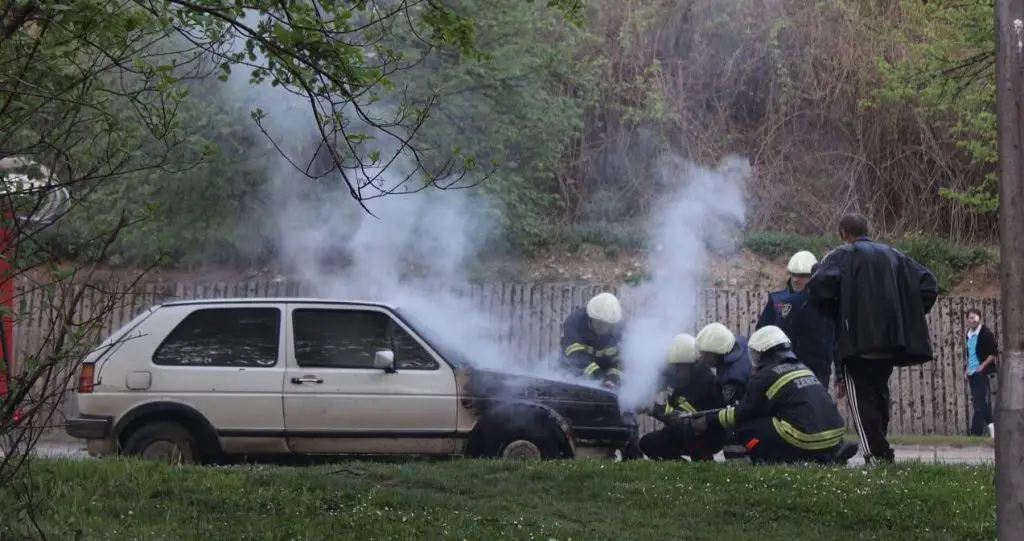
Frequently Asked Questions
Can I Remove the Heat shield from my car?
No, it is not recommended to remove heat shields from a vehicle as they serve a crucial function in preventing damage to your car and ensuring safety. The function of heat shields is to protect areas that are susceptible to heat damage, such as the fuel tank, wiring harnesses, and other engine parts, by preventing contact with hot exhaust components.
If the heat shield malfunctions, the engine compartment could become too hot, which can cause harm to your vehicle. Additionally, without a heat shield, you may experience reduced performance from your vehicle due to increased friction caused by hot air passing through the engine bay.
Can I remove my heat shield to increase performance?
I advise you against removing your heat shield. Heat shields are designed to prevent excessive temperatures from damaging the engine and other parts by redirecting hot air away from them. Without a heat shield, your vehicle can quickly overheat, leading to significant damage to internal components. Additionally, without a heat shield, your engine will not be able to reach its optimal performance level as the hot air impeding its intake system will reduce power output.
Can a damaged heat shield cause my car to fail an emissions test?
Yes, a damaged heat shield can affect your vehicle’s emissions. Heat shields are important because they prevent high temperatures from damaging the engine and other parts. If these components get damaged, they may emit harmful exhaust gases into the atmosphere.
If the heat shield is faulty, it could lead to emitting more pollutants from your vehicle’s exhaust system than allowed by law. As such, a damaged heat shield can lead to higher emissions levels and potentially cause your car to fail an emissions test.
Final Thoughts
Driving without a heat shield is not recommended, as it can quickly cause damage to the vehicle’s components. Checking the heat shields at regular intervals is very important because they are designed to shield the vehicle from the high temperatures produced by the engine and may wear out or get damaged over time.
Replacing a deteriorating heat shield as soon as possible is recommended to prevent any potential serious damage. It is unsafe to drive without a heat shield and should only be done in an emergency for a short duration. If your vehicle’s heat shield is missing, make sure to monitor its temperature closely while driving and pull over if necessary.



